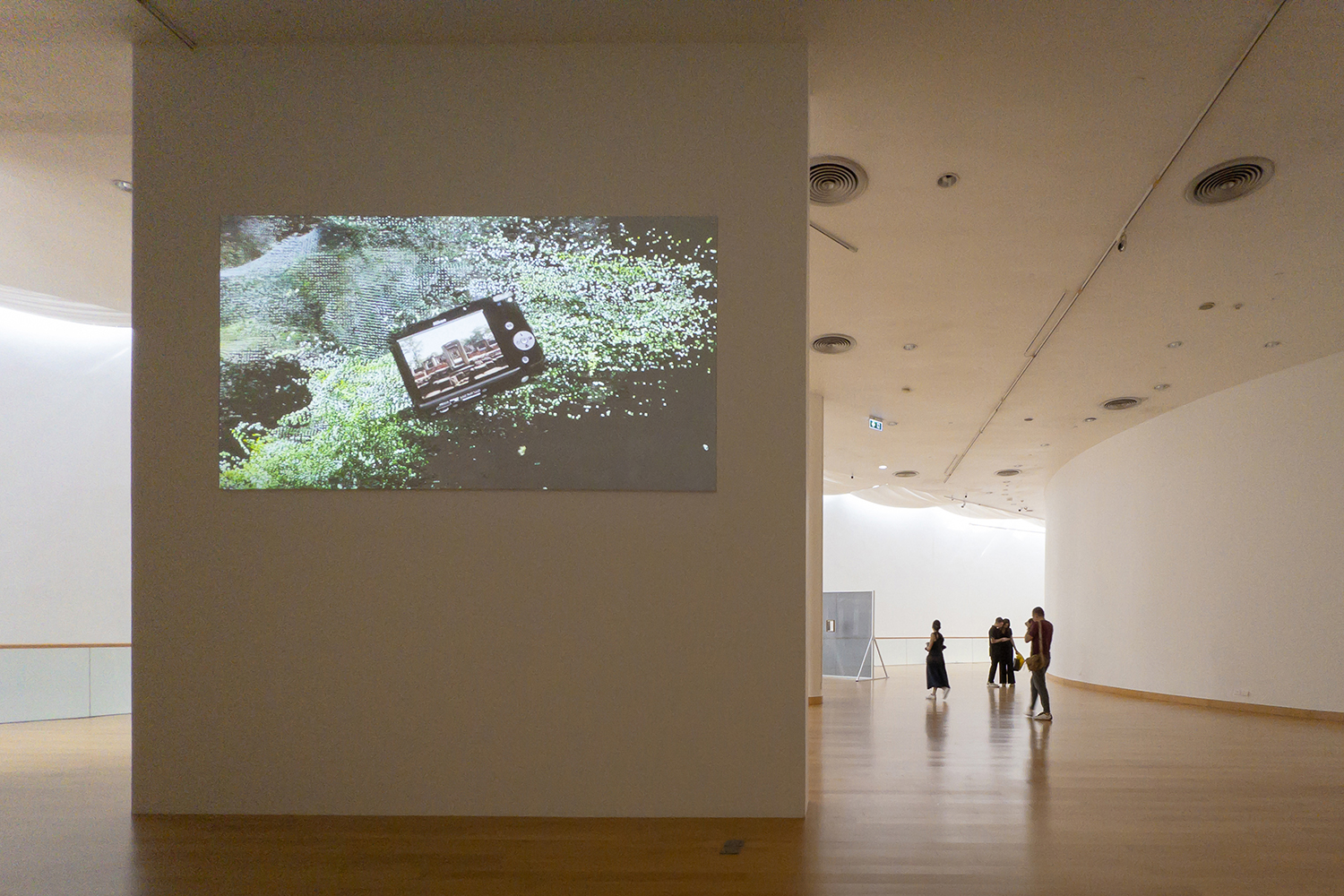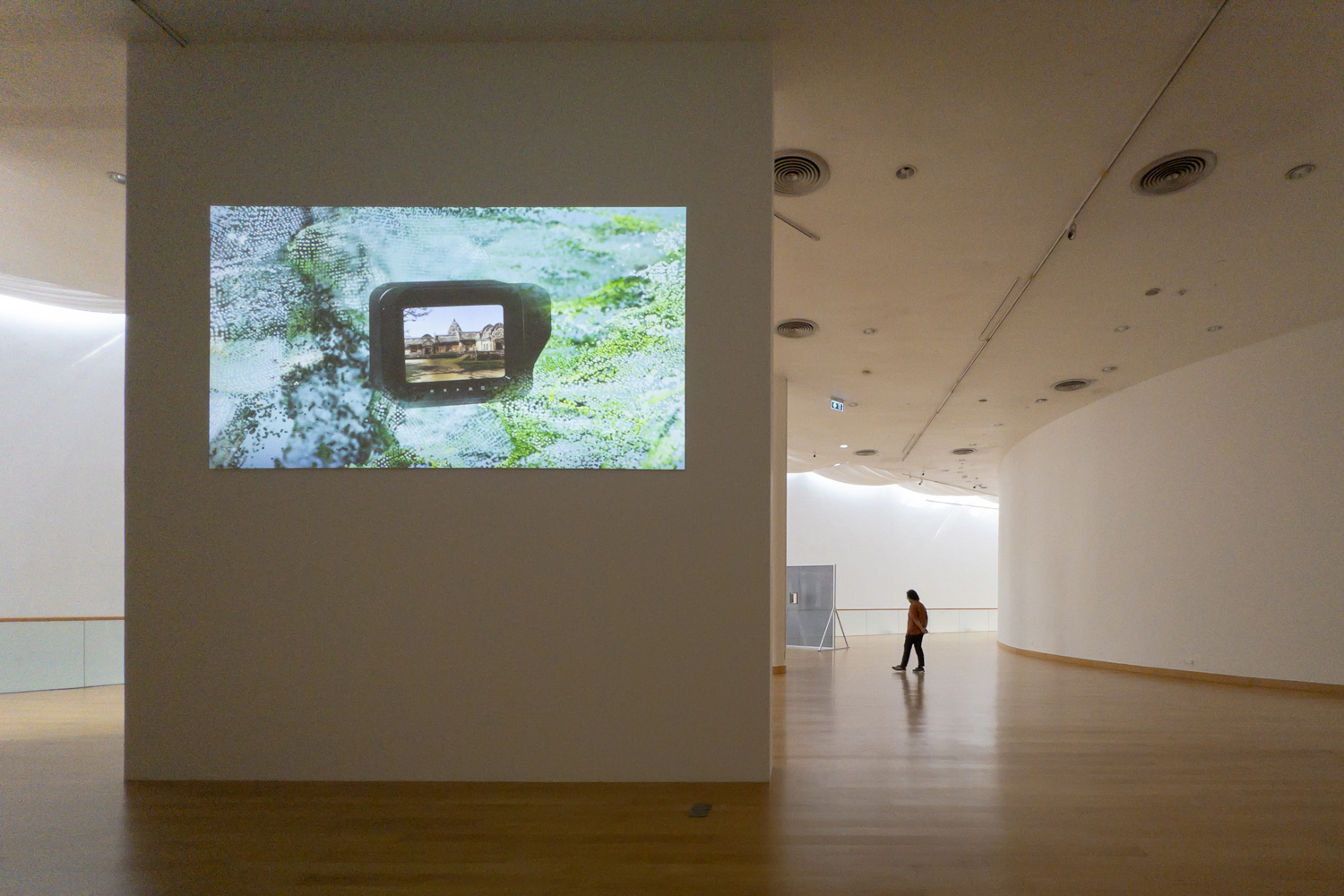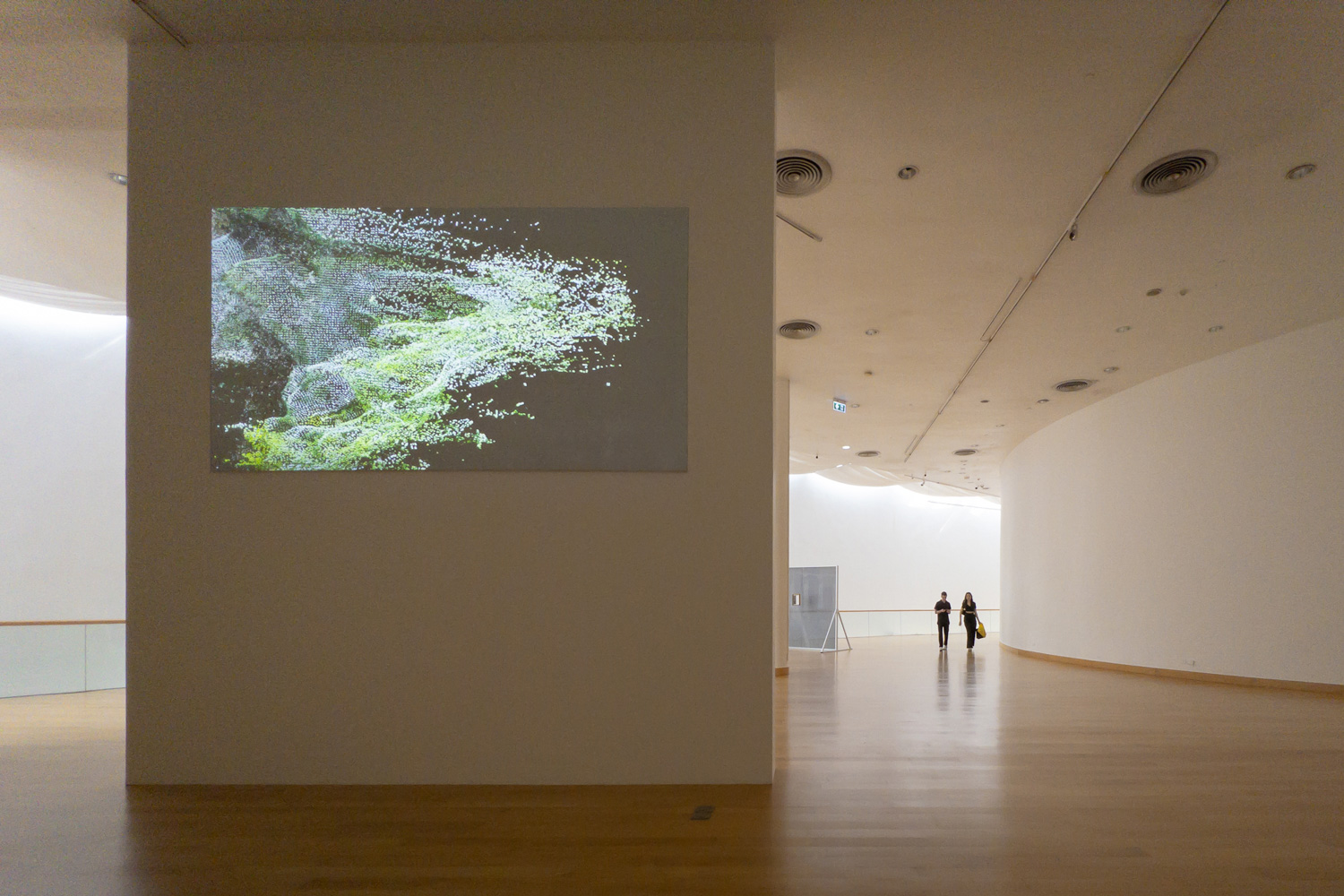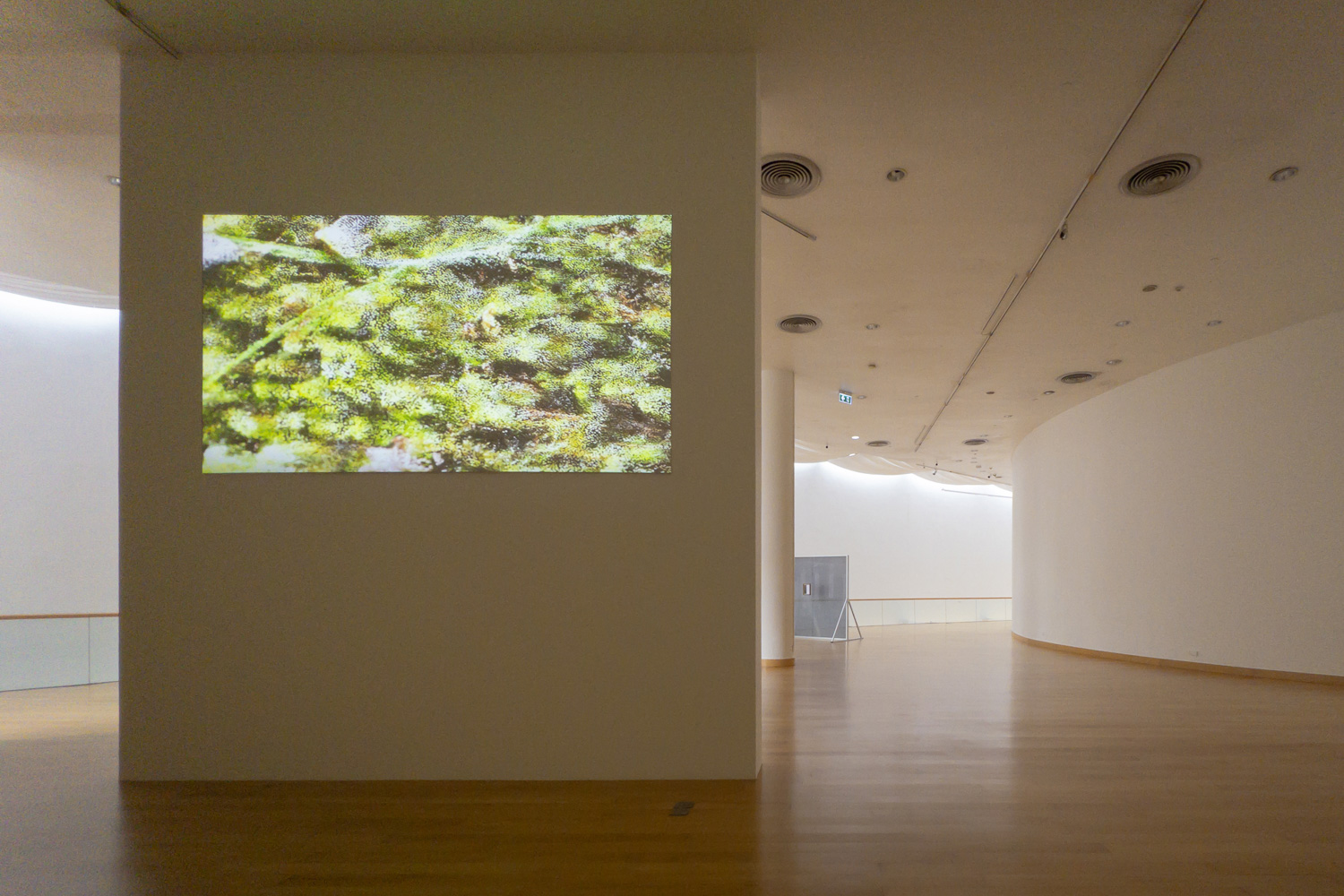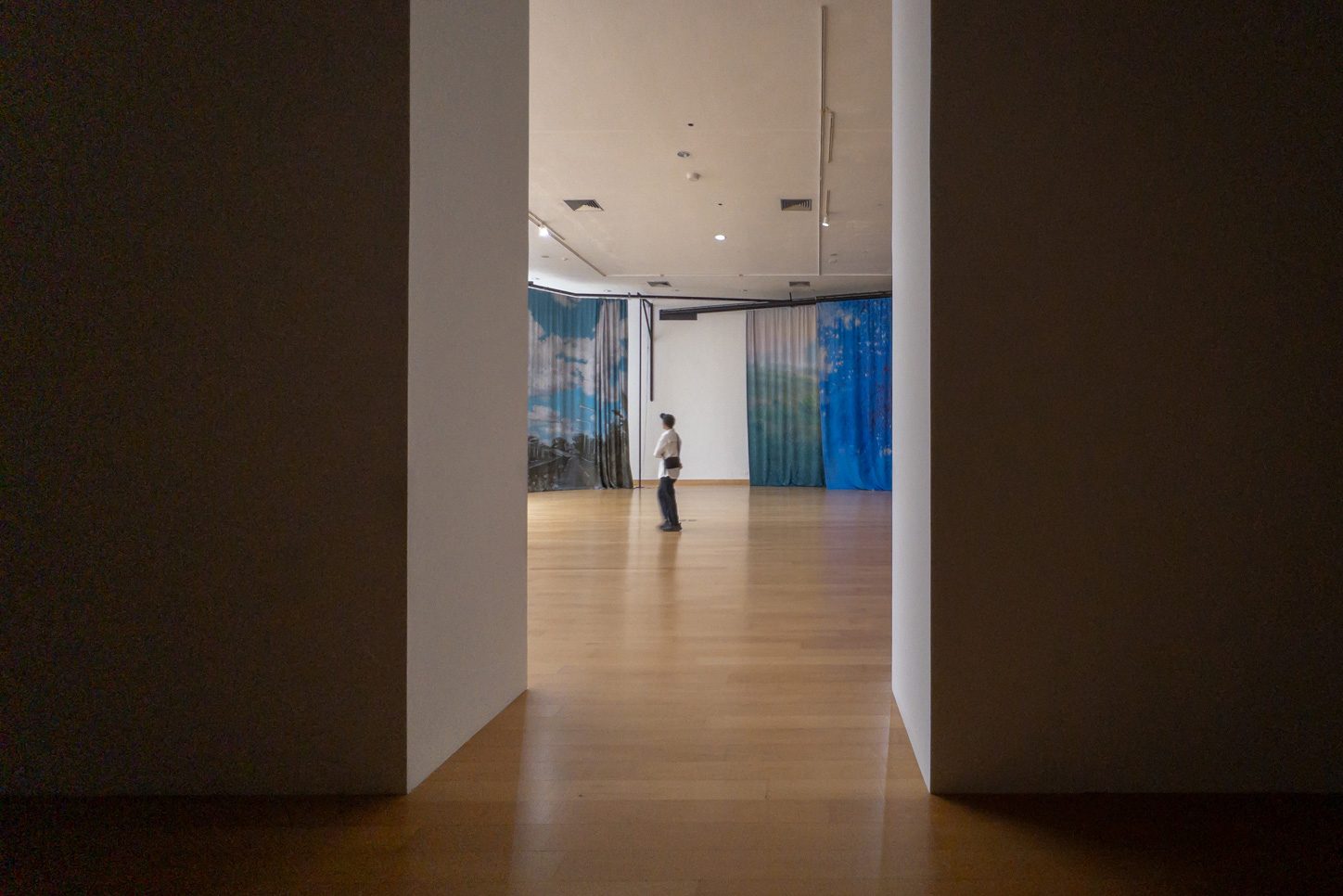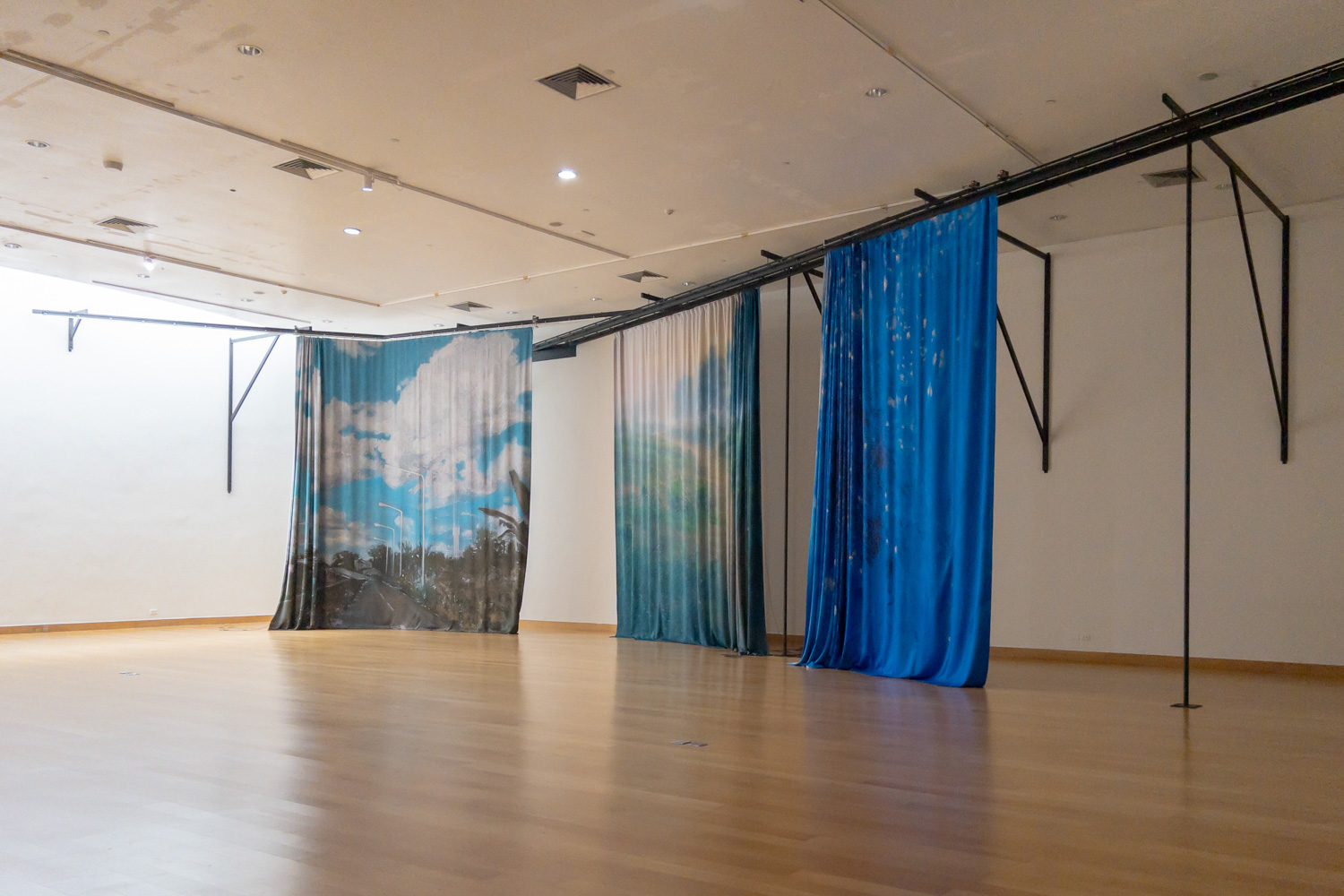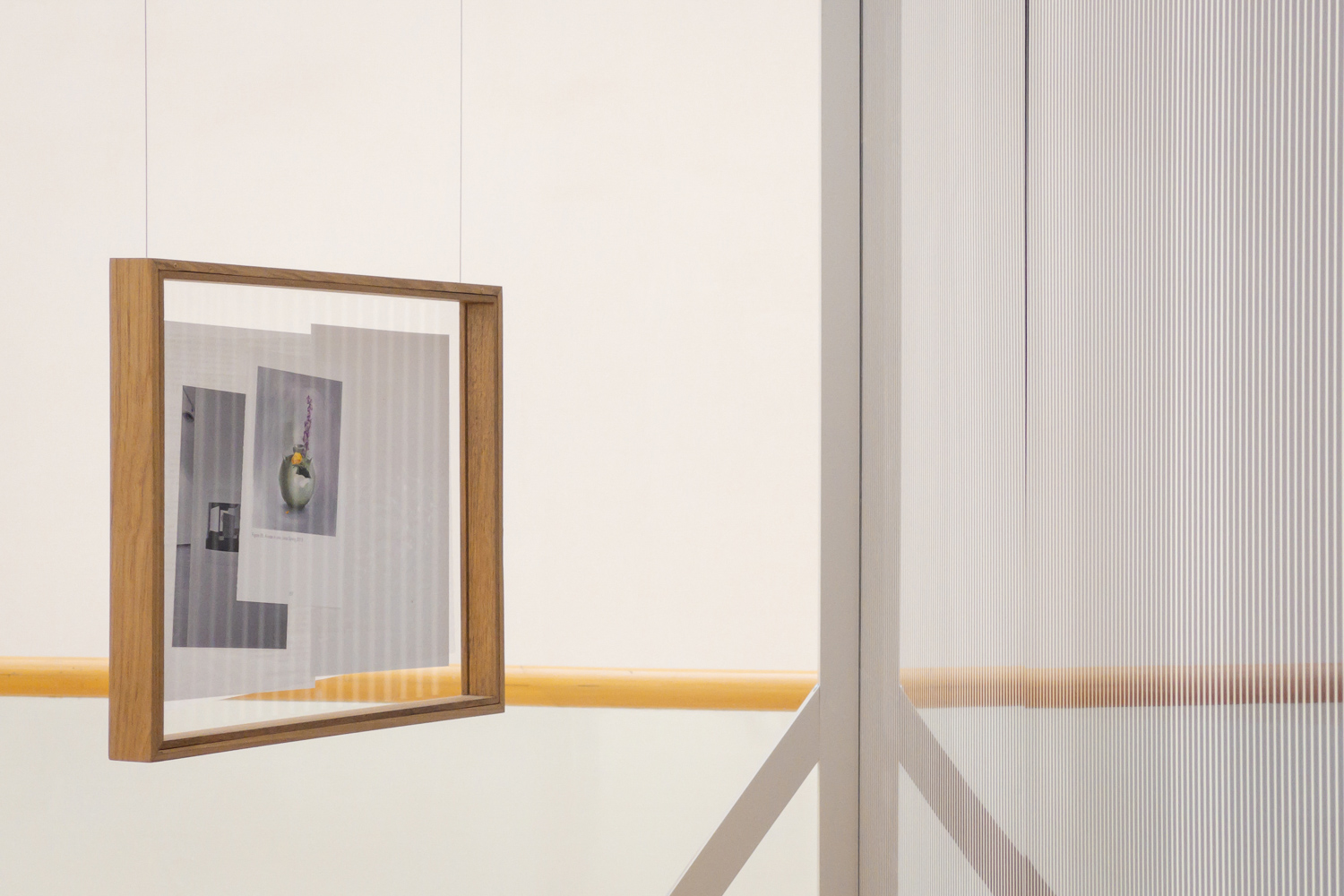THE ARTWORKS OF FIVE ARTISTS DISPLAYED IN THE EXHIBITION ‘ORBITING BODY’ CREATE A SPACE OF THE EXISTING REALITY PERCEPTION WHICH IS NOT THE TRUTH DUE TO CHANGEABLE PERSPECTIVES
TEXT: CHIWIN LAOKETKIT
PHOTO: KETSIREE WONGWAN
(For Thai, press here)
Can we ever truly see reality as it is? This philosophical puzzle suggests that what we perceive is actually a snapshot from just a fraction of a second in the past. The delay comes from the time it takes for light to travel and reflect into our eyes—a lag so brief, most of us never even notice it. Thus, we’re never really witnessing the present moment in its most immediate form.
Yet, reality undeniably exists, even if our direct experience of it in real-time is technically impossible due to the rapid pace at which it unfolds, too swift for our senses to fully capture. This limitation has led some to suggest an exploration of reality from multiple perspectives. We can try picking up a nearby object and observing whether it appears the same as it did yesterday, contemplating whether the feelings we have about it have remained unchanged from a decade ago, and considering how our perception of the object has changed when viewed in a different setting.
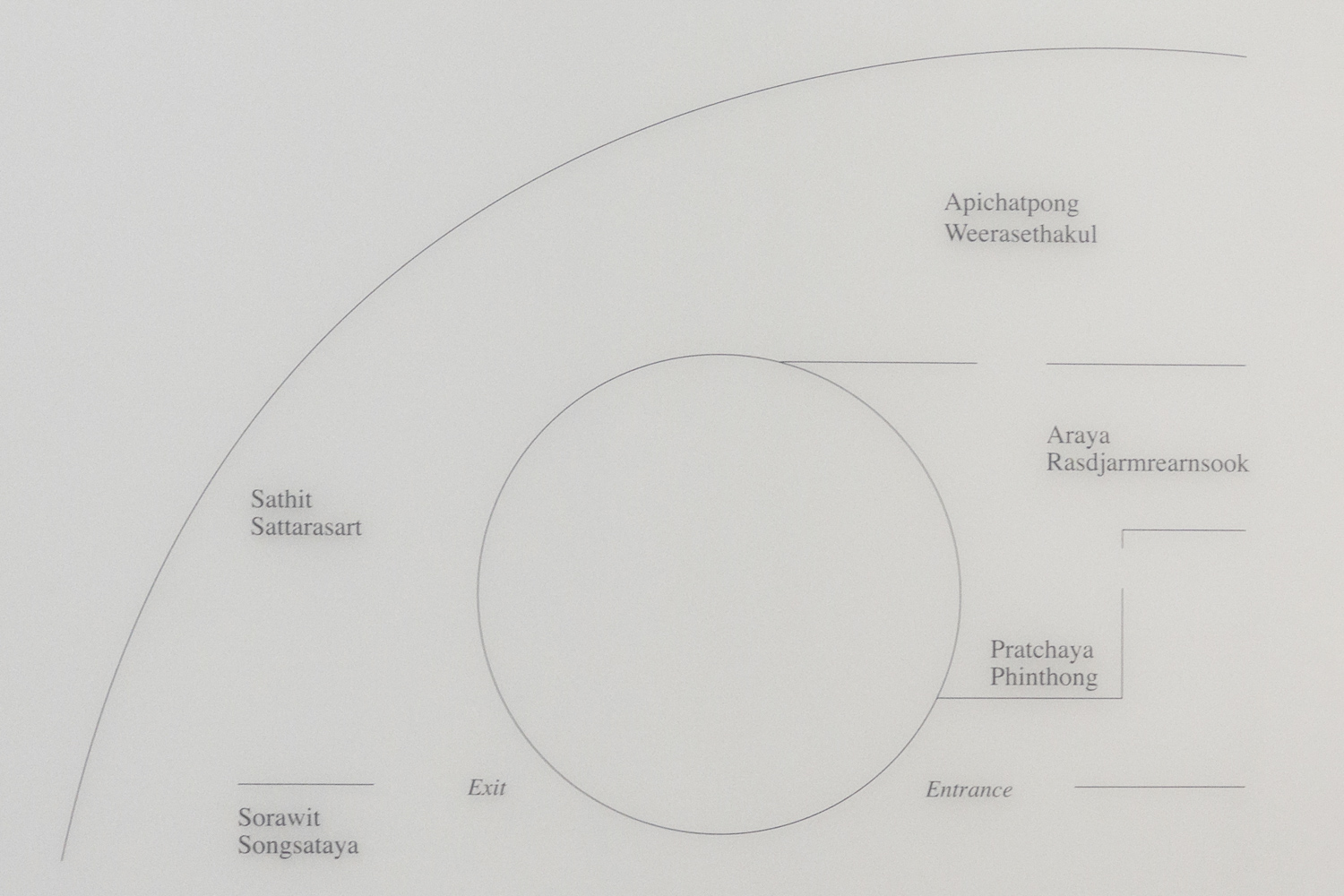
This very concept is deftly explored in the exhibition ‘Orbiting body.’ The carefully arranged placement of photographs, videos, and artworks beckons viewers to move around the semi-circular landscape, amidst a visually stimulating environment crafted by the integration of technology and moving images. This thoughtful setup, curated by Mary Pansanga, challenges visitors to reconsider their visual perception across various situations and contexts through the lenses of five diverse artists.

In a separate, isolated room, the sound of water dripping intermittently sets the backdrop for ‘Mnemosyne’ by Sorawit Songsataya. The piece showcases an animated video of vegetation from disparate ecosystems, both from foreign lands and the artist’s mother’s residence in Chiang Rai. It is also intertwined with detailed, slowly fading images of Khmer cultural temples and the Sukhothai Historical Park.
The video cleverly depicts nature and sacred sites as ‘objects’ akin to maps, mediating between tangible spaces and human perception, thereby enabling viewers to comprehend these realms without having to directly experience them.1 Furthermore, it provokes a critical reflection on the portrayal of ancient art as mere symbols of a particular artistic form, alongside the rigid borders defined during the era of absolute monarchy. These representations fail to encompass the rich, intricate tapestry of human connections that existed in a culturally interwoven pre-modern Thailand, obscured long before the drawing of contemporary lines and maps.

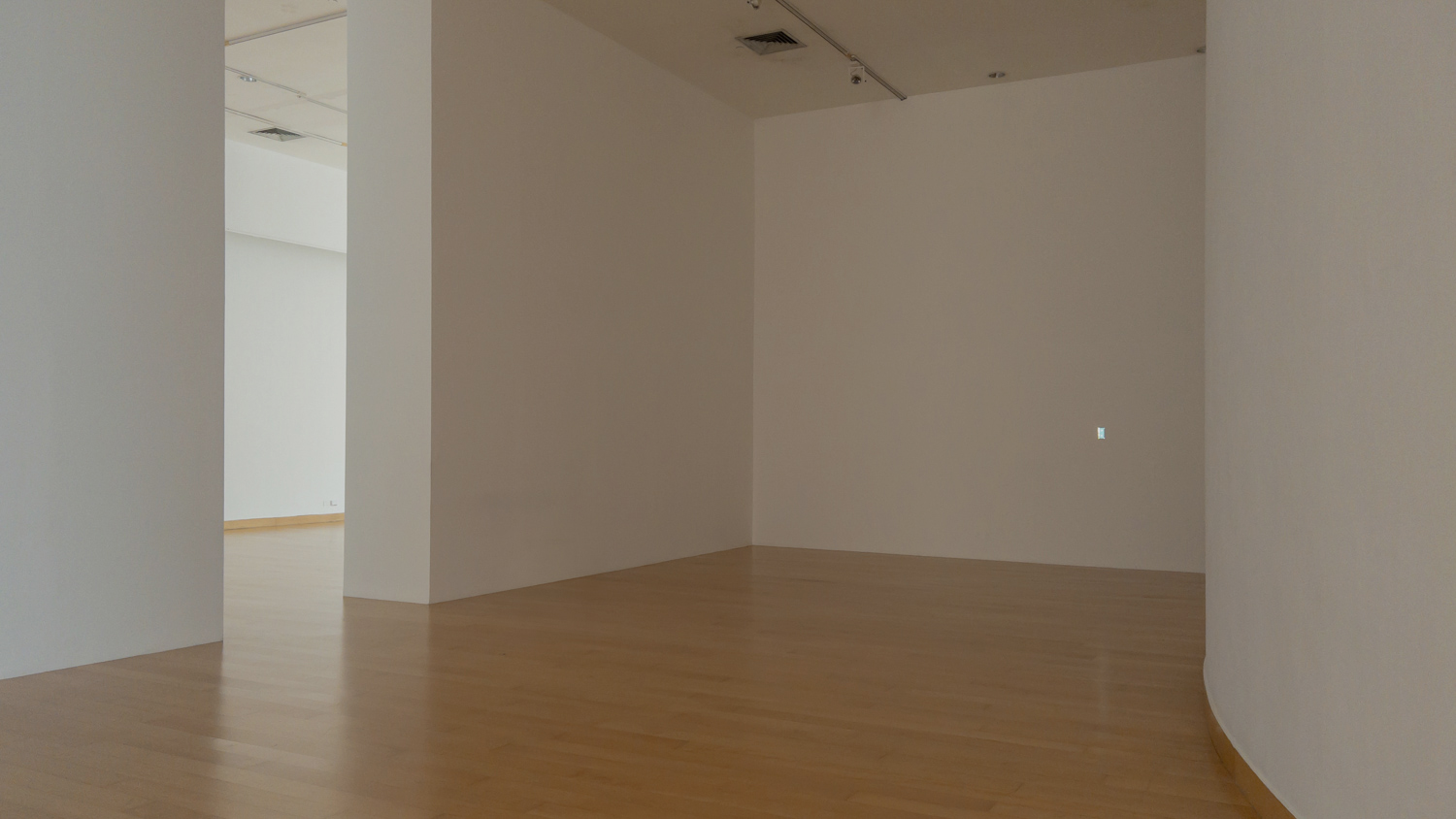
Similarly, in Pratchaya Phinthong’s evocative piece, ‘If I dig a very deep hole,’ the artist undertakes a photographic odyssey to capture the moon across distant locales straddling the geographical equator between New Zealand and Paris. This artistic quest probes the theoretical limits of space, where points or coordinates are reduced to mere x, y, z values on a plane. The work transitions from the barren expanse of earth’s surface to a captivating display of virtual images and new environments captured on the wall—a slide film depicting two closely situated moons.
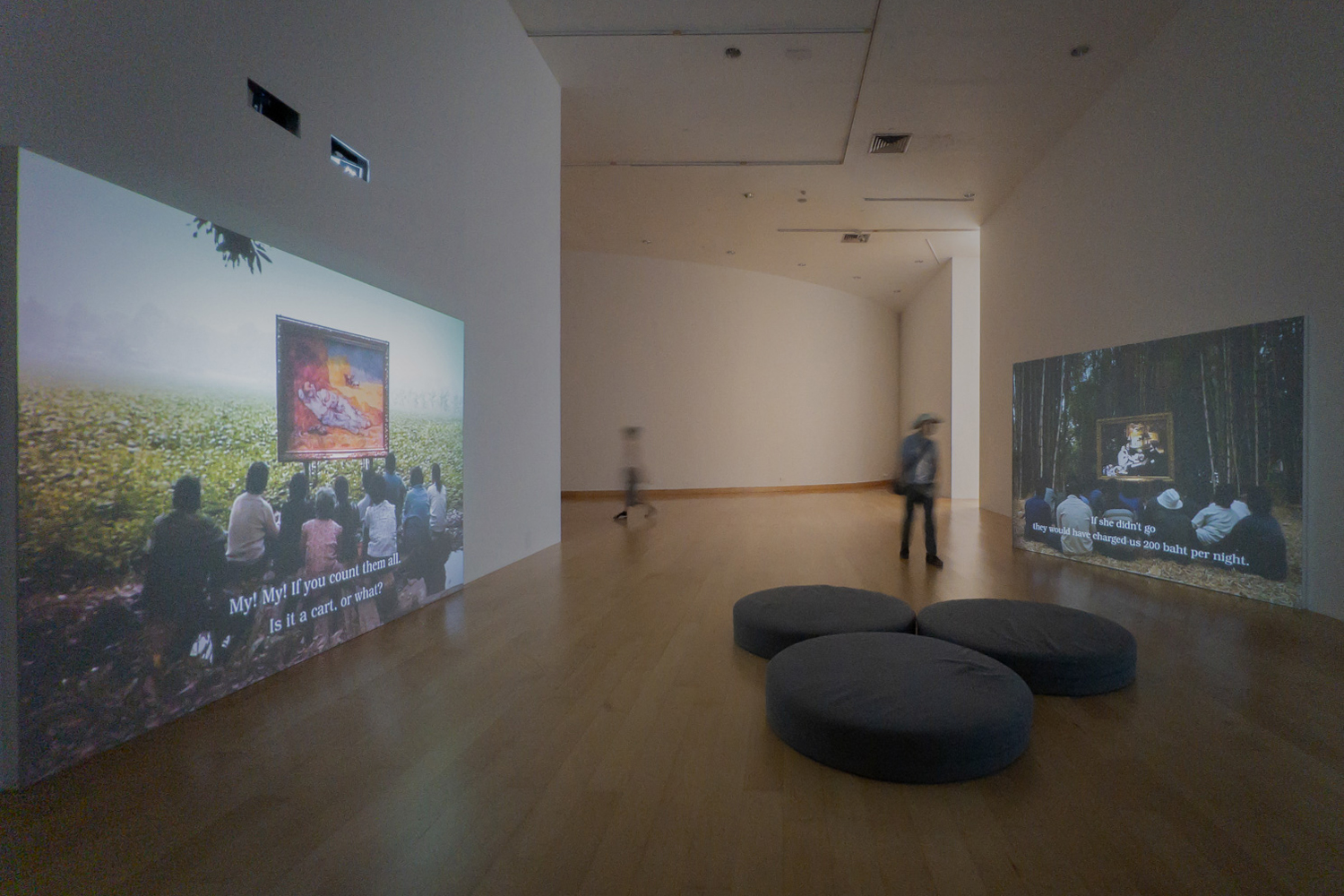

The exhibition then shifts its gaze to ‘The Two Planets Series,’ a profound three-piece video installation by Araya Rasdjarmrearnsook. Set against the natural landscapes of bamboo forests, riverbanks, and rural Thai grasslands, this installation showcases villagers engaged in dialogue. These rustic settings become spaces where the villagers critique iconic 19th-century landscape paintings, serving as backdrops for an image-within-image setting, with villagers existing as both subjects and integral components of the landscapes. The video depicts lively movements that challenge and reverse Western intellectual dominance, echoing through the authentic voices of the local people.

Followed by Apichatpong Weerasethakul’s ‘Blue Encore.’ It emerges as a transformative curtain piece, manipulated by motor technology and control panels. The setup, realized in conjunction with the print works of two other artists, gently ushers the scenery from one tableau to another, mirroring the fluid transitions typical of theatrical stagecraft. The composition of scenes—an indigo-blue curtain, fields of grass, clusters of flowers, and power-lined roads—conjures vivid imagery that can be associated with the development of rural transport with new roads linking bucolic lands to urban environments.
Segueing from this dynamic landscape is Sathit Sattarasart’s ‘Shut Your Eyes, and You Will Burst Into Flames,’ a screen print on acrylic, mounted on aluminum sheets. The work directs the viewer’s gaze to images that demand a shift in focus from obstructions to a framed destination. Within the frames are objects such as flowers in a cracked vase or small cut-out texts. These elements symbolize the challenge of receiving and interpreting messages or images obscured by communication barriers, illustrating the intricate process of penetrating layers of obfuscation to unearth underlying truths.
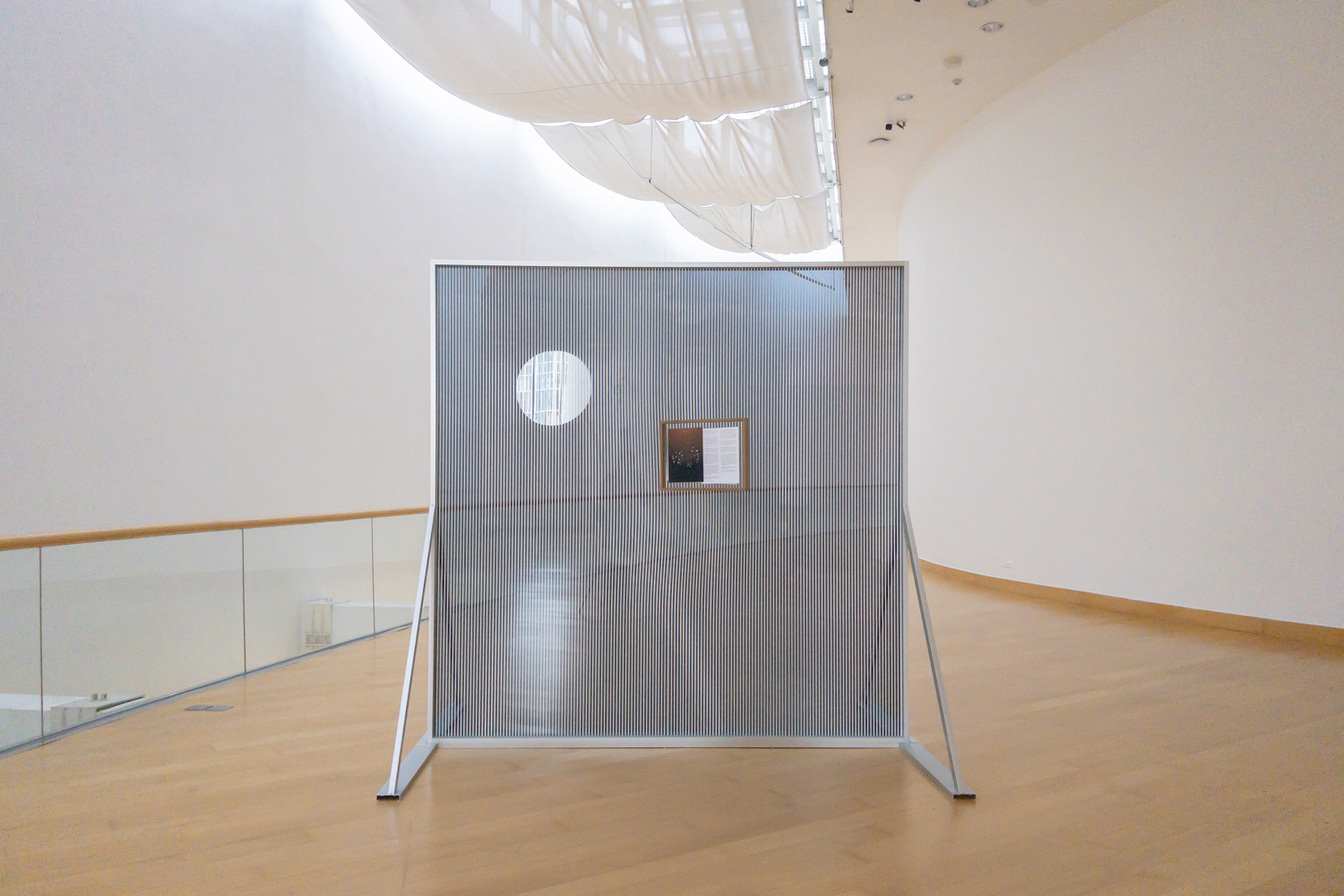
Ultimately, the ‘Orbiting body’ exhibition creates a space where perceptions of diverse and contrasting images transition across a spectrum of landscapes– juxtaposing binaries from urban versus rural, to natural versus cultural environments—illustrating the complex interplay on a geographical plane. By engaging with the unique techniques of the artists, viewers are invited to navigate through places of memory and emotion, filled with both fullness and emptiness.
The ‘Orbiting body’ exhibition is on display on the 8th floor of the Bangkok Art and Culture Centre (BACC) from June 13 to September 8, 2024.
1 Thongchai Winichakul, ‘The Siam Mapping: A Geo-body History of a Nation’ (Bangkok: Kobfai Publishing, 2013), pp. 70-80.

